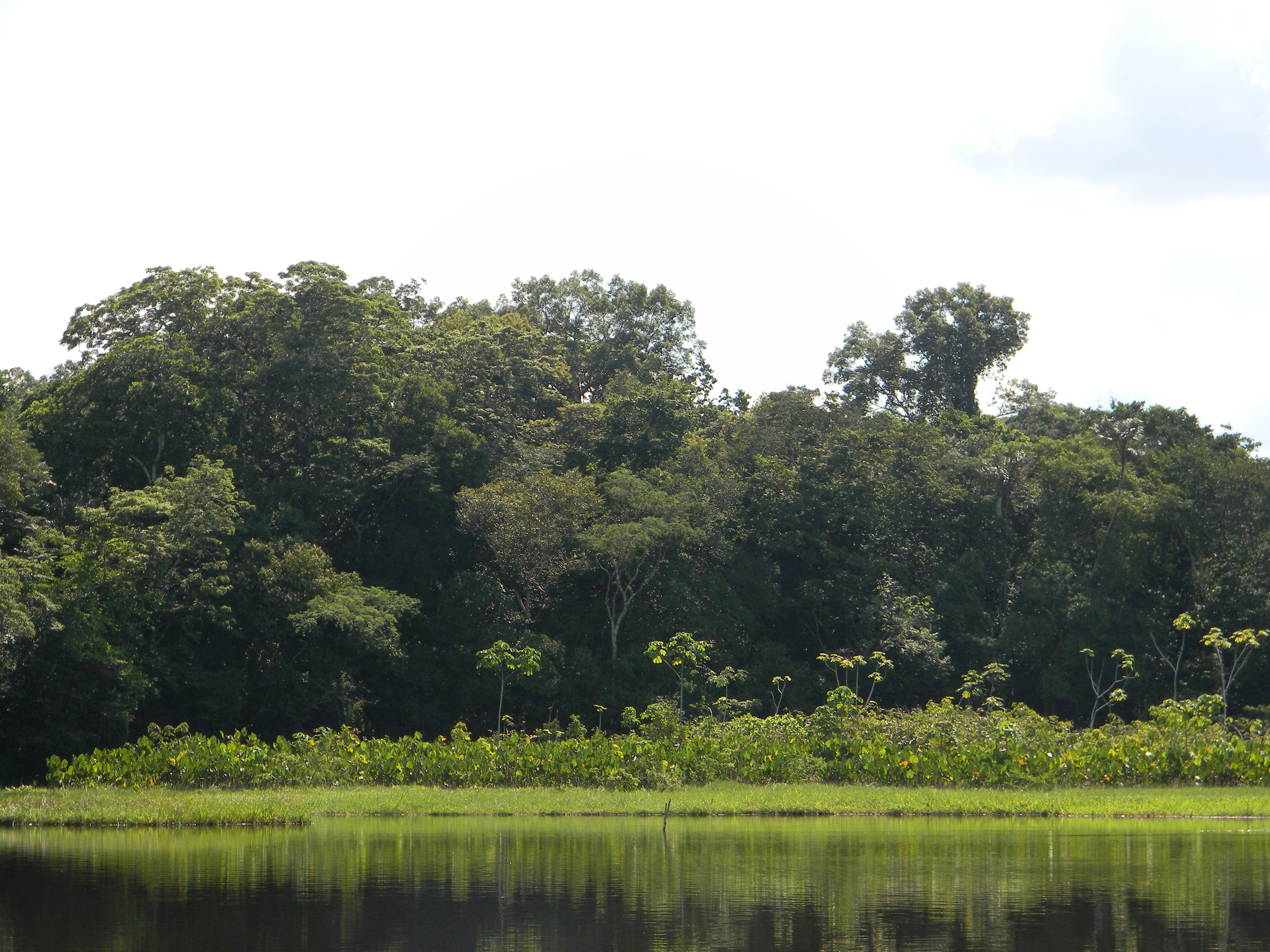Amazonians Know These Floating Islands Weren’t Made by Giant Anacondas—But They Still Get Freaked Out by Them

(Photo: Carolina Freitas)
In the floodplains of the Brazilian Amazon, in lakes where the currents are not too strong, there are floating forest islands—locals call them matupás. It’s difficult to walk on the surface. They are, Carolina Freitas was told, very dangerous places. Alligators and snakes—including, by legend, the Giant Anaconda—congregate here.
Freitas, who is an ecology researcher at the Instituto Nacional de Pesquisas da Amazônia, in Brazil, first heard about the islands when she was traveling through the Piagaçu-Purus reserve. She was told that some people were using the islands to grow watermelons, but the more she asked about the floating islands, the more fascinating they seemed—and the less known to science.
In the sparse scientific literature, there are a few, anecdotal references to animals, mostly manatees and alligator-like reptiles called caimans, spending time on these islands. But Freitas’ interview subjects mentioned many more—yellow-headed side-neck turtles, fish like arapaima, capybaras, jaguars, pumas, snakes, and all sorts of birds. The most surprising rumored inhabitant of matupás, though, might be the snake known as the Giant Anaconda.

(Photo: Florian Wittmann)
As she learned more about matupás, Freitas realized that the people living in the area had detailed ecological knowledge of this phenomenon, and she set out to collect it. Matupás, she and her colleagues report in a paper recently published in PLOS ONE, begin when aquatic and semi-aquatic plants begin to crowd together and transform, over time, into a buoyant soil disc where shrubs and trees feel at home. The islands can be almost 10 feet thick and anywhere from a few square yards to a few acres in size. Some are strong enough for people to walk on—strong enough even to grow food on.
They’re created when blocks of grass assemble during the flood season, sink to the bottom and begin to rot. This happens in a particular type of lake, located in lowland areas flooded by white water rivers and deep enough that they never dry up entirely. During the dry seasons, those amalgamation of rotting grass float back up, forming a raft for seeds to grow on. This process continues for years—as one interview subject told Freitas, “It dies, it lives, dies, lives. And when you think it’s gone, there it is again, fully formed.”

Sucurijú Gigante, the snake that controls the rivers (Photo: joabe_brill/Flickr)
The Giant Anaconda is also a character in Amazonian folklore—a guardian of water and aquatic life. “I had no idea that for local people matupás were so closely related to the Giant Anaconda,” says Freitas. “I realized that much of the local fear regarding matupás probably has to do with it.”
Not everyone Freitas interviewed made this connection, and some people were embarrassed to mention it, she says. But a small segment thought the correlation between the two was essential: “We think the snake’s got a magnet to make the matupá grow where she lives,” one person told Freitas.
“Everyone was very impressed when they knew that I wanted to conduct research about matupás,” says Freitas. “People actually seemed to find me a little bit crazy for wanting to work in these floating islands.”



Follow us on Twitter to get the latest on the world's hidden wonders.
Like us on Facebook to get the latest on the world's hidden wonders.
Follow us on Twitter Like us on Facebook